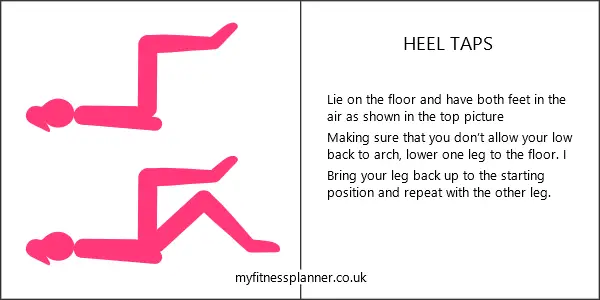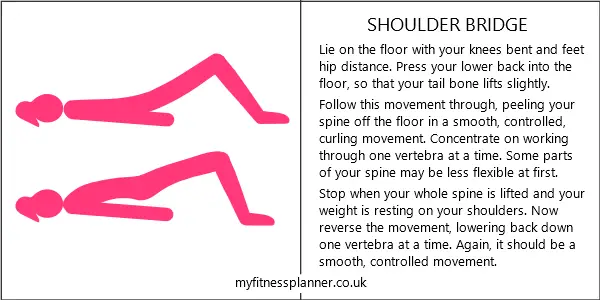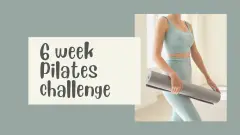To have flat abs, you need to train all the layers of abdominal muscles, including the core stabilisers. When they are strong, the core muscles pull the abdominal area in flat. To get good results from core training programs, you need to understand how the core muscles act as stabilisers. Core strengthening exercises for beginners therefore need to start with the basics of finding the “neutral” pelvis position and keeping your pelvis stable. This is covered in the first step of the workout, followed by 5 basic core exercises.
Reasons it’s difficult to get started with core training
Training the deep core stabilising abdominal muscle (the transverse abdominis) is a lot more complex than training the “6-pack” muscles. The main reasons for this are:
- You need to start at the beginning: Lifestyles which involve long periods of inactivity – driving, sitting at a computer, watching television etc. encourage bad posture. The deep abdominal muscles get weak and “switch off”. You have to start with simple, gentle exercises and people lose patience with this because they don’t feel like they are doing anything.
- Because they are postural muscles, that is muscles which stabilise, not initiate, movement, you have to get used to the idea of moving other body parts, not the part you want trained, while holding the part you want trained steady. It takes time and practice to understand what you are trying to achieve with core training
- Doing the exercises wrong can cause injury. In order to be safe and effective, core training exercises must be done with the pelvis held in correct alignment (see neutral pelvis below).
Although it takes time and practice, persevering with core training is well worth the effort, both in terms of abdominal tone and lower back health.
Notes on doing the workout
Before doing these exercises, please read the general exercise safety guidelines here.
You’ll need something to cushion your spine – ideally an exercise mat. See an exercise mat buying guide here.
Neutral pelvis
The pelvis needs to be able to tilt forwards and backwards as we move, but bad postural habits can lead to it being in a forward or backward position at rest, instead of in the neutral position. In women, the forward position is very common, especially after pregnancy. If you do core exercises with a tilted pelvis, they won’t work the muscles they’re supposed to work.
To find neutral pelvis

5 core strengthening exercises for beginners
This is a short routine to help you to master the basics of engaging your core muscles and holding on to neutral pelvis. Do the routine 6 days a week if you can, with one rest day. You can schedule and record your workouts on the printable schedule (see below).
#1 Heel taps – 10 each leg
In this exercise, the core muscles must hold on to the neutral position, while you lower one leg at a time to the floor.

# 2 Opposite arm and leg lifts – 5 x 3 seconds on each side
Your core muscles work in this one by keeping your back flat and keeping your whole body stable. If they aren’t engaged, your back will dip instead of being flat and you’ll wobble.

# 3 Abdominal hollowing – 5 x 5 second holds
Abdominal hollowing is just sucking the core muscles in. You can do it in any position – standing, sitting, lying, kneeling .. but doing it in the all-4s kneeling position is good because you are working directly against gravity.

#4 Shoulder bridge – 10
In the shoulder bridge, the idea is to control the movement and curl your spine off the floor gradually. This improves mobility in your spine, as well as making your core muscles work.

#5 Single leg stretch – 10 on each leg
Like with the toe taps exercise, you need to focus on keeping your pelvis in neutral while your legs extend out.

Full routine:
Heel taps – 10 each leg
Arm & leg raise – 5 x 3 seconds on each side
Abdominal hollowing – 5 x 5 seconds
Shoulder bridge – 10
Single leg stretch – 10 each leg
Remember with core training, it’s important to keep making sure the abs are engaged and the spine is in the neutral position. If you don’t, the exercises won’t work and you could hurt your lower back.

